
The resettlement housing project N01 - D17, located at No. 1 Duy Tan Street in Cau Giay District, is a striking example. With an investment of VND 223 billion, the project began construction in 2010 and was expected to be completed by 2013. However, more than a decade later, the building remains unfinished and unused. This project was intended to relocate households displaced by the expansion of Nguyen Van Huyen Street and the development of the Cau Giay New Urban Area.
 |
 |
The 15-story buildings in Cau Giay District, situated on valuable land, now stand derelict. Surrounding the structures, weeds have overtaken the grounds, and the perimeter is sealed off with metal barriers. The sidewalks have become makeshift parking lots and garbage dumps.

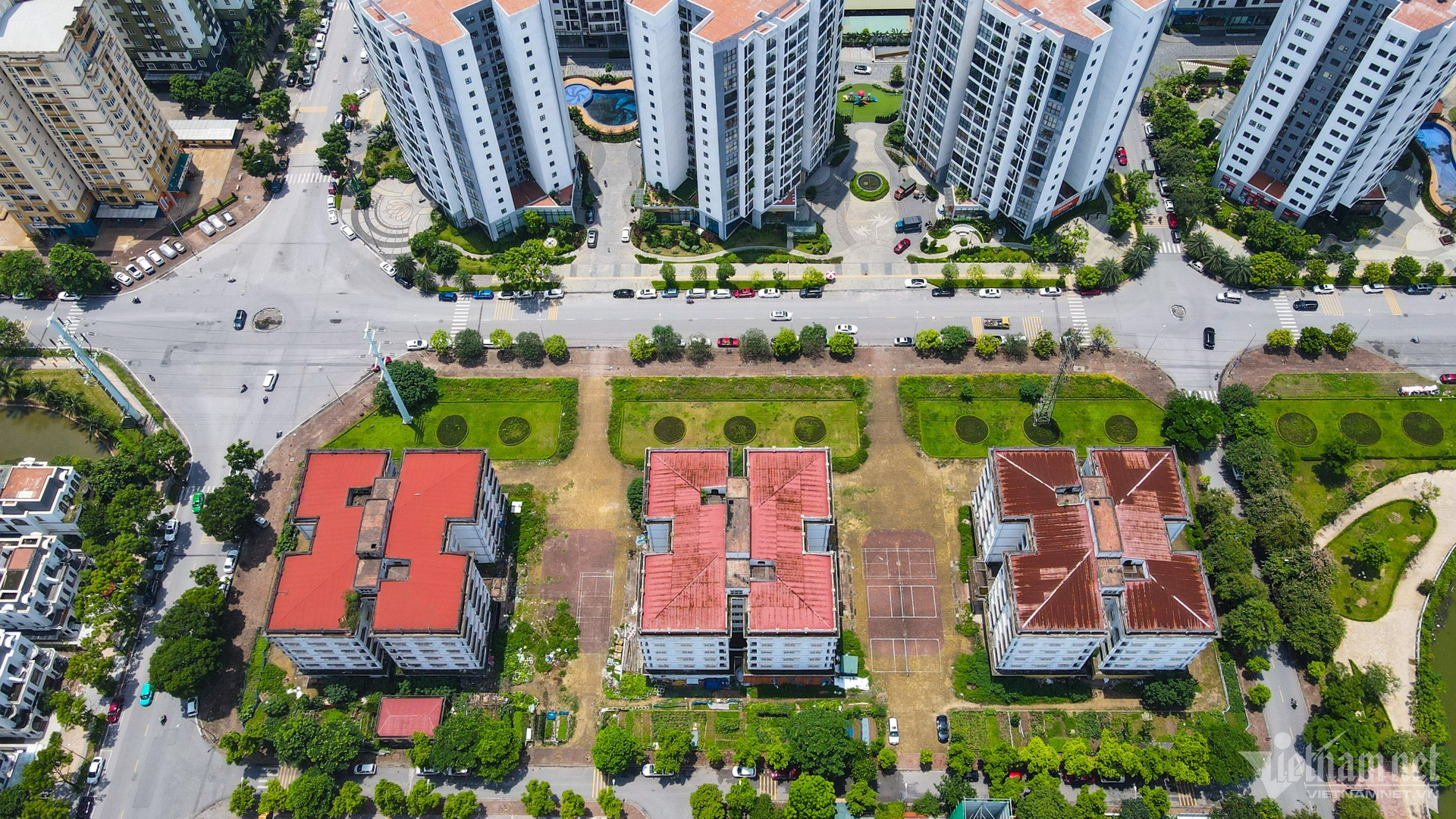
Similarly, three resettlement buildings - N3, N4, and N5 - located in the Sai Dong Urban Area in Long Bien District have been exposed to the elements for years. Despite being in a central area with convenient transportation, these buildings, completed in 2007, remain uninhabited. Only a few ground-floor units are used as offices for the project management board of Hanoi Construction Corporation No. 3.
 |
 |
The exterior of these buildings is overgrown with weeds, and construction materials clutter the first-floor lobbies. The project had a total investment of more than VND 1.29 trillion but has yet to be fully utilized.
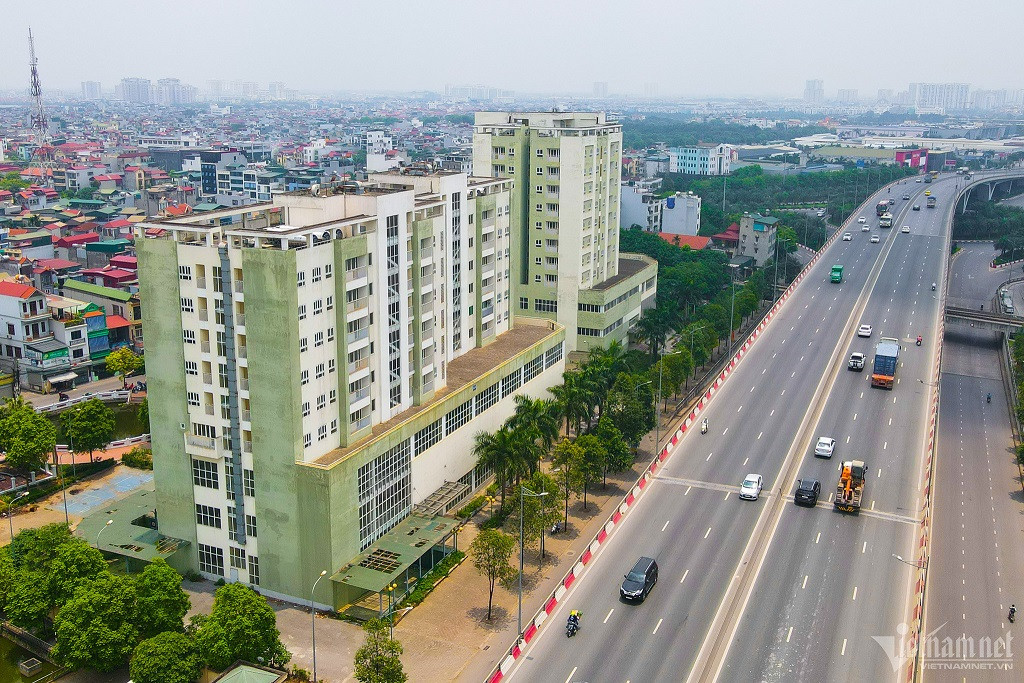
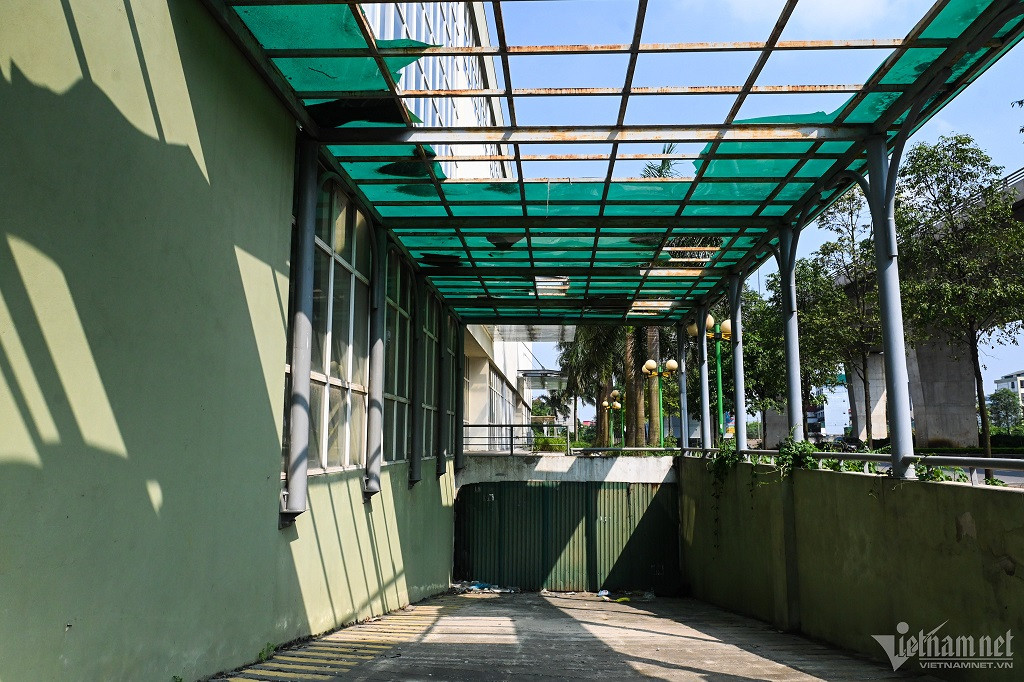
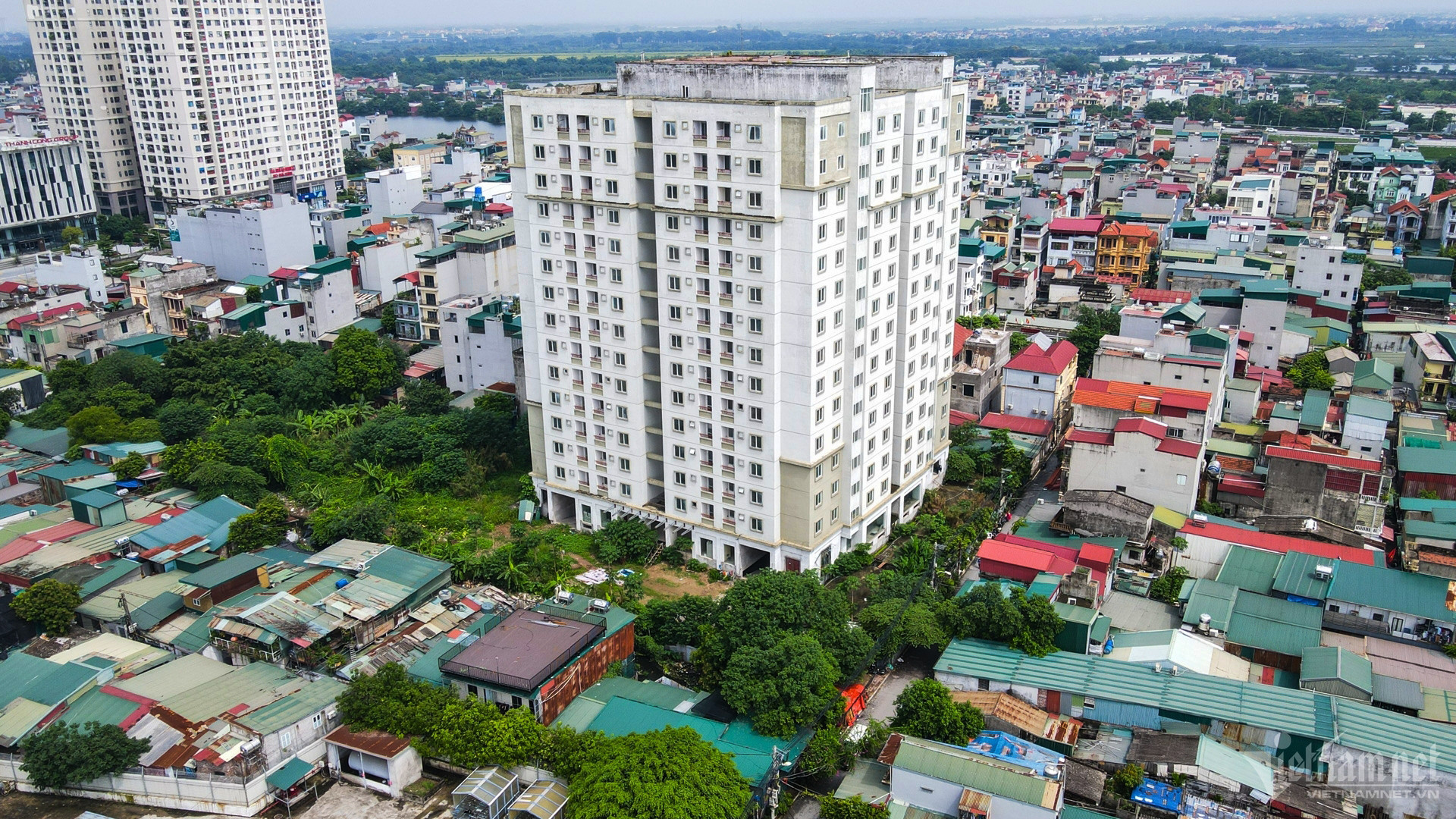
In Yen So Ward, Hoang Mai District, a 15-story resettlement building hidden deep within Tam Trinh Street has also been abandoned for years. The exterior is enclosed by metal barriers, and the land designated for green spaces and playgrounds is overrun with wild plants.
 |
 |
Another resettlement project on Tam Trinh Street, also in Hoang Mai District, stands equally deserted. This project, initiated by the Hoang Mai District People's Committee in 2010, had a total budget of VND 761 billion and was intended to include four high-rise apartment complexes (ranging from 9 to 15 floors) with complete infrastructure. Yet, these buildings now stand empty in a deserted area.
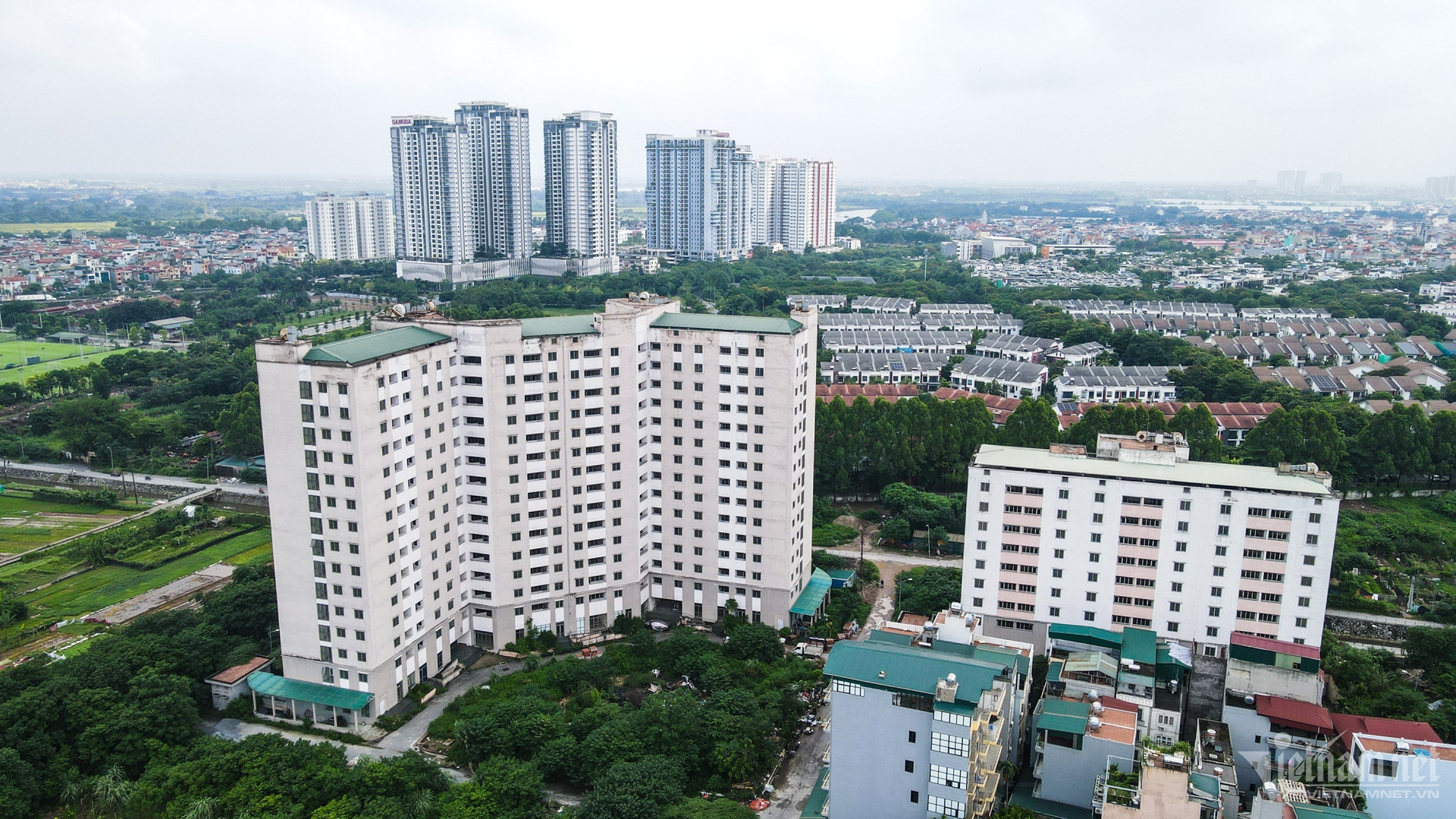
Despite significant investment and completion of basic infrastructure, these two buildings stand isolated amidst empty plots of land.
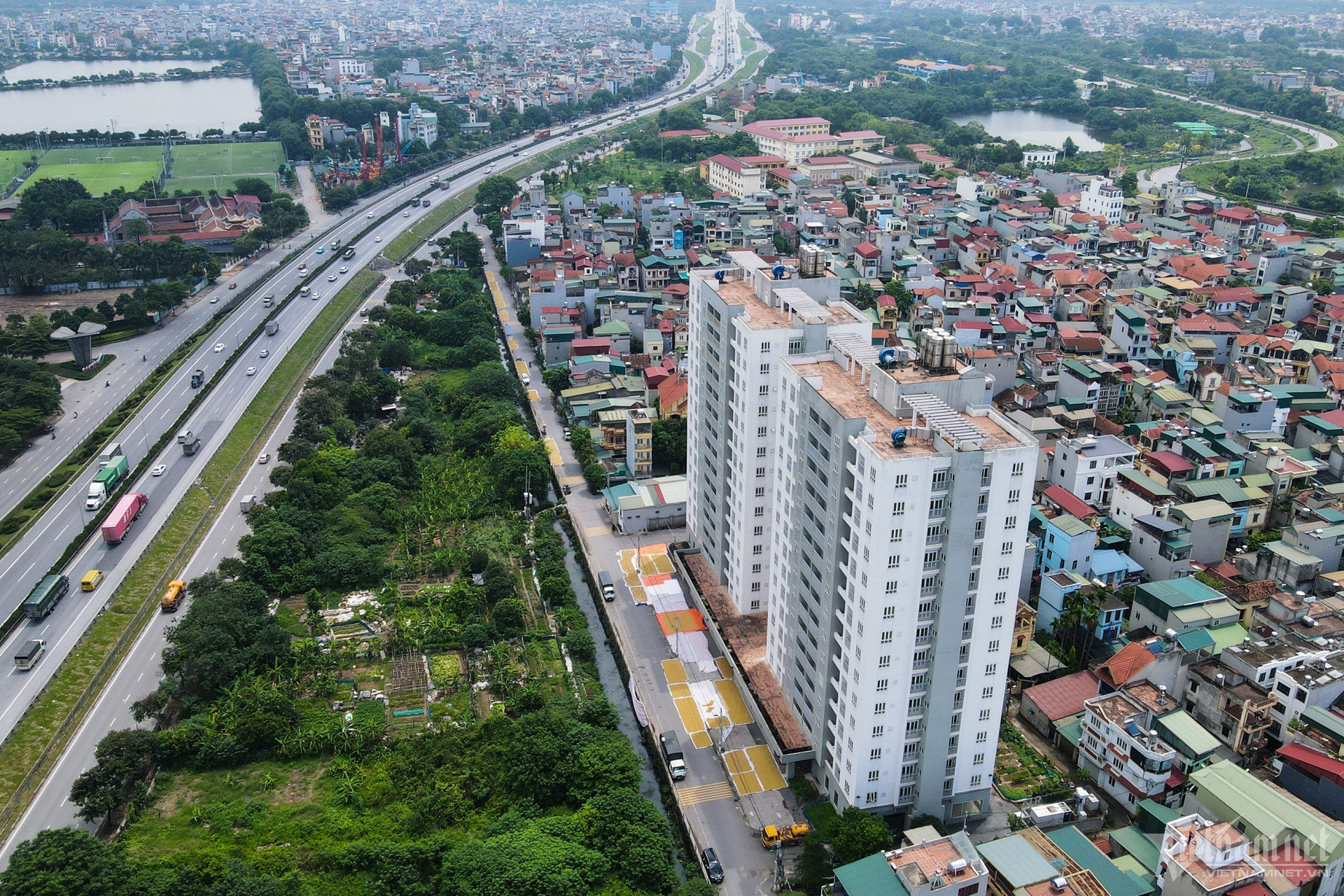
Similarly, a resettlement project on Khuyen Luong Street in Tran Phu Ward, Hoang Mai District, has been left in limbo. The project includes two blocks: one with 15 floors and another with 9 floors, housing hundreds of apartments. Despite being located near Ring Road 3 and Thanh Tri Bridge, the buildings remain unoccupied. Locals have even started using the vacant grounds for drying rice.

Due to the buildings being vacant for many years, the surrounding outdoor areas have been utilized by local residents for drying rice.

Three resettlement buildings, each over 10 stories tall, in the Den Lu III resettlement area on Tan Mai Street, Hoang Mai District, are also unused. Despite facing the scenic Den Lu Lake Park, these buildings have not been put to use, with some parts showing signs of deterioration, highlighting the waste of resources in a city where housing supply is increasingly scarce.

Speaking to VietNamNet, Hoang Hai, Director of the Housing and Real Estate Market Management Department at the Ministry of Construction, explained that before the 2014 Housing Law, resettlement for displaced residents was primarily handled through land compensation or state-funded construction of resettlement housing.
Since the introduction of the 2014 Housing Law, the policy has been expanded to include the purchase of commercial or social housing under specific urban projects, reducing the need for state-funded resettlement housing construction.
Hai acknowledged that some resettlement projects initiated before the 2014 Housing Law remain underutilized, lacking solutions for efficient use, leading to public frustration and significant waste of state resources and land.
The 2023 Housing Law includes provisions for converting resettlement housing to social housing or repurposing it for other uses, aiming to make better use of completed housing and avoid leaving properties vacant.
Recently, Prime Minister Pham Minh Chinh directed the Ministry of Construction to explore converting unused resettlement housing into social housing as part of the initiative to build at least one million social housing units.
Thach Thao